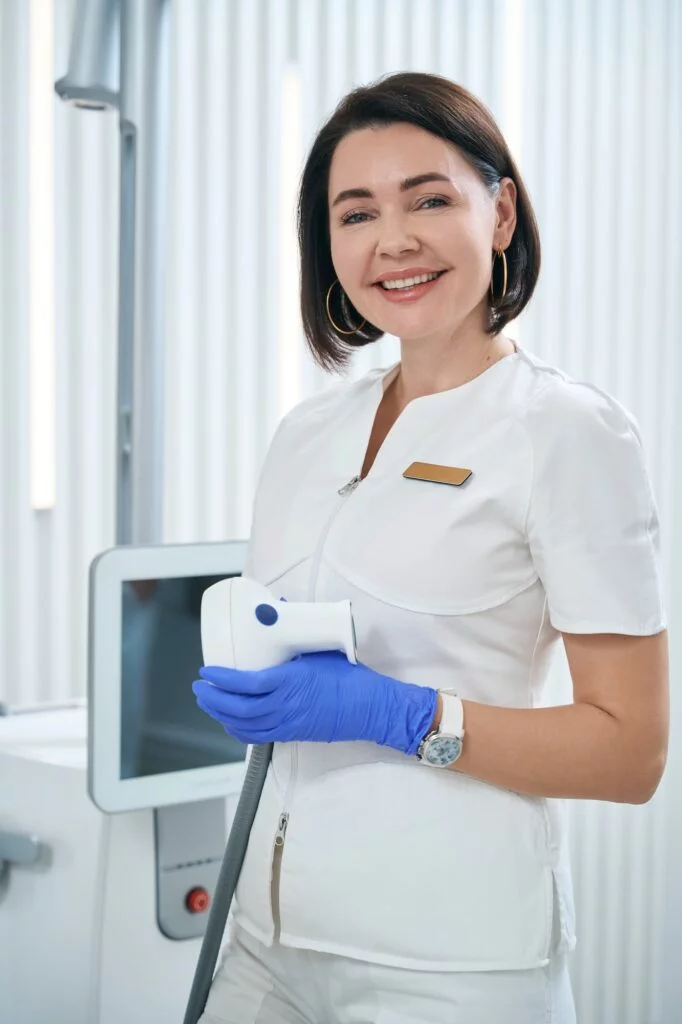Hemorrhoids refer to swollen veins in the rectum. This condition is very common. By the time a person reaches the age of 50, it is very likely that they will have had an experience with hemorrhoids. Although hemorrhoids are benign, they can cause significant discomfort. They also tend to be chronic issues. If you keep getting hemorrhoids, consider hemorrhoid ligation. It is a procedure that can help clear up your issue of hemorrhoids once and for all.
Let’s talk about how doctors perform hemorrhoid ligation.
What is Hemorrhoid Ligation?
Hemorrhoid ligation is a minimally invasive medical procedure used to treat hemorrhoids using a rubber band. This procedure involves tying off the blood supply to the hemorrhoid, which causes it to shrink and eventually fall off. It may or may not require several sessions for the hemorrhoids to clear up.
A hemorrhoid ligation first requires a consultation and physical examination to determine if your problem can be fixed with the procedure. A gastroenterologist is most qualified to perform a hemorrhoid ligation, as hemorrhoids are a gastrointestinal issue.
A hemorrhoid ligation typically does not require anesthesia and is an in-office procedure that can be carried out with just a topical anesthetic. However, if you have several hemorrhoids, anesthesia may be used. If you are concerned about pain during the procedure, let your doctor know.
Here are the four steps doctors take to complete a hemorrhoid ligation:
- Anoscope: The doctor inserts a thin, lighted instrument called an anoscope in the rectum until it reaches hemorrhoid.
- Clamping with metal forceps: Then, the doctor inserts a ligator through the anoscope and clamps hemorrhoid with metal forceps to gently pull it away from the anal wall.
- Cutting off blood supply: Rubber bands are placed around the base of each individual hemorrhoid, cutting off the blood supply. Without a blood supply, the hemorrhoids will dry up and fall off.
- Removal of clots and prolapsed tissue: If necessary, the doctor may remove clots and manually push any remaining tissue back into the rectum.
A hemorrhoid ligation is completed in as little as 10 minutes. After the procedure, you may experience temporary pain and discomfort, which can be managed with pain medication. Bleeding, gas, flatulence, abdominal pain and swelling, and constipation are also reported by some patients after the procedure. The doctor may prescribe laxatives for greater comfort during recovery. Avoid any heavy lifting during this time.
Hemorrhoids Rubber Band Ligation in California
The GI specialists at Genensis Healthcare Partners HealthCare are well-trained and highly skilled in the use of different techniques to remove hemorrhoids and regularly perform hemorrhoid ligation. We believe hemorrhoids are a GI issue, and lifestyle factors can make them a recurring problem, which is why we don’t stop at the removal of hemorrhoids but include individualized recommendations to prevent them from coming back and for better GI health overall.
To schedule an appointment with one of our GI doctors, call our GI clinic nearest you or use our convenient online request form.



